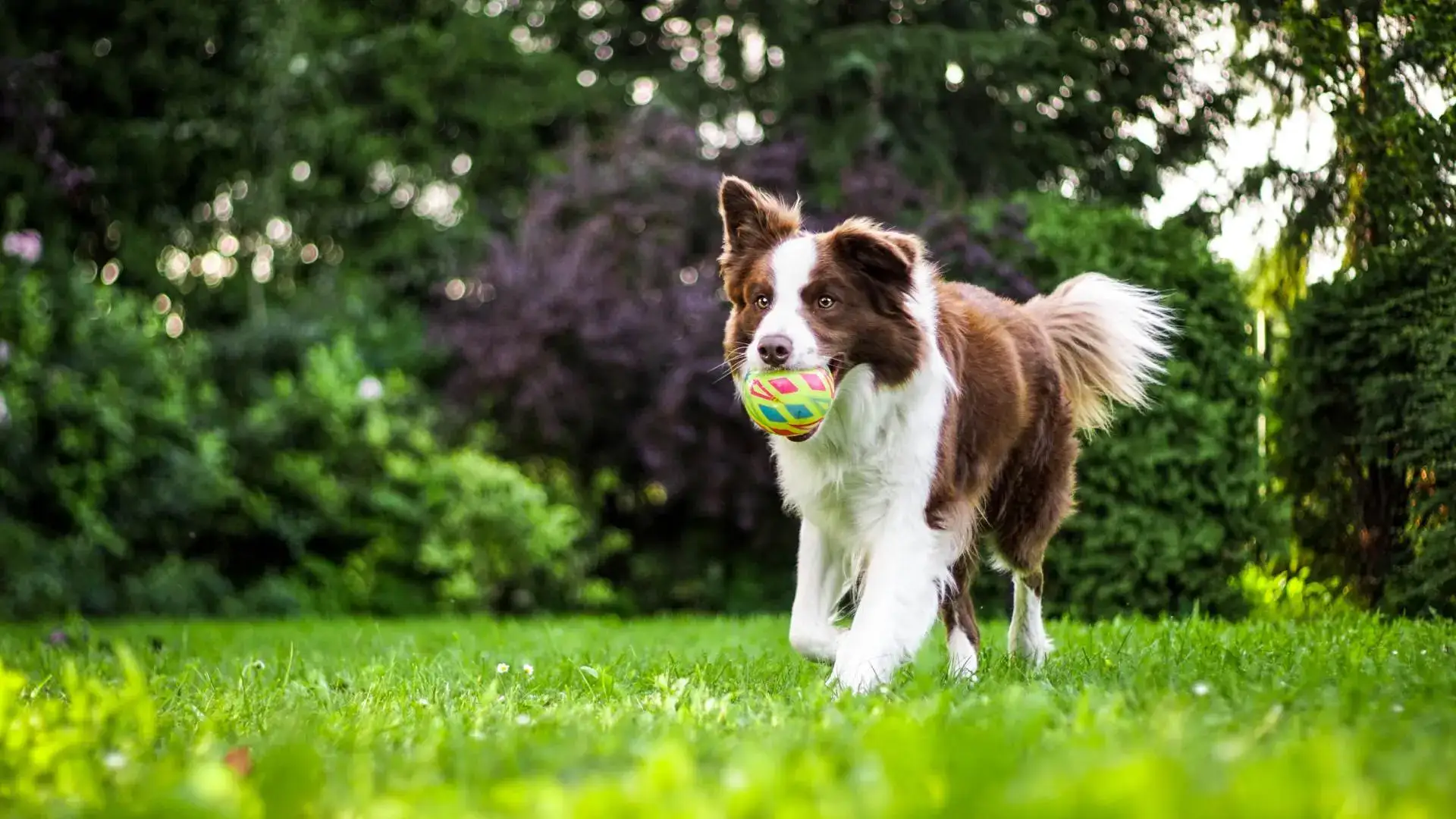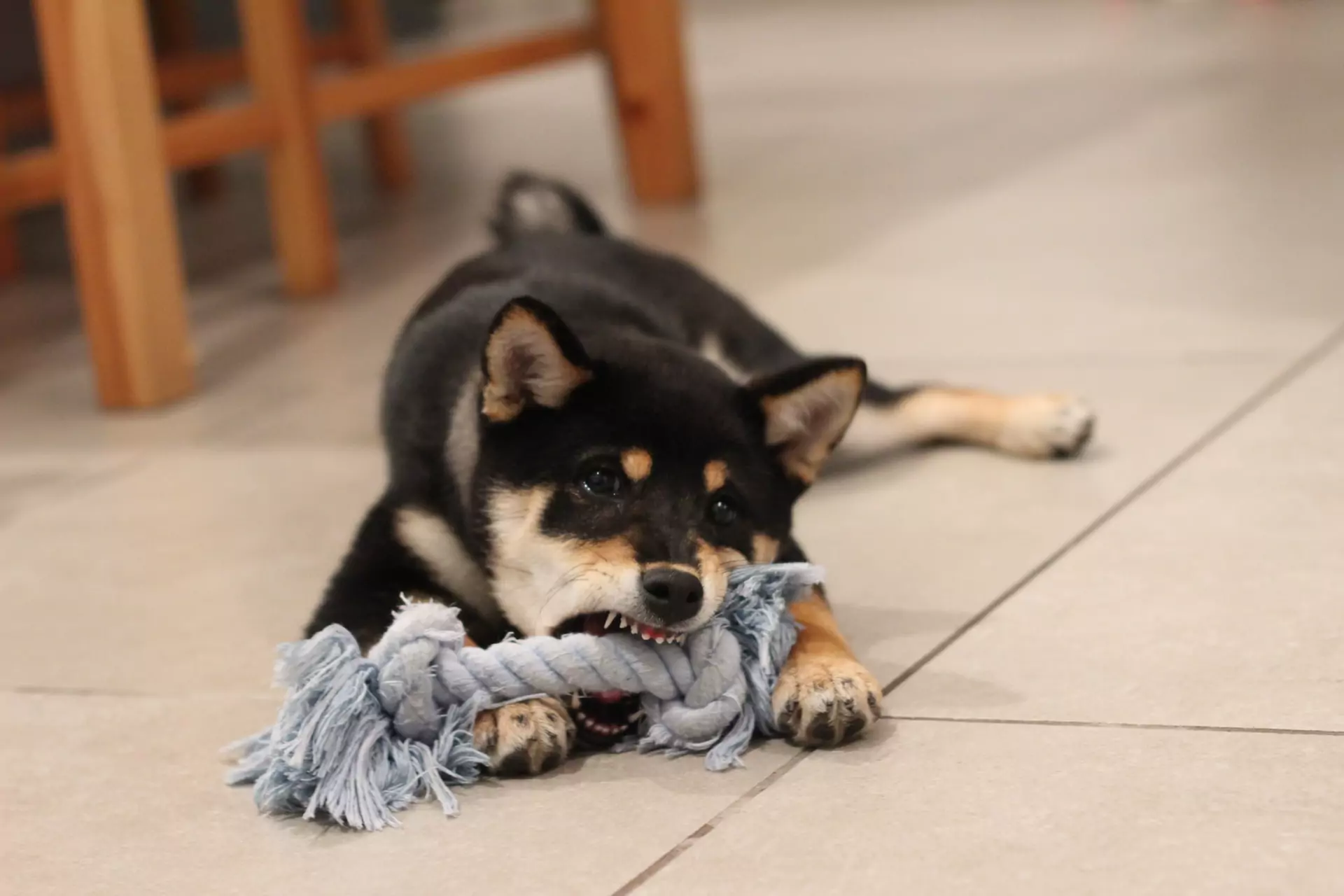Biscuit time is something many dog owners look forward to, but have you ever paused to wonder about the benefits behind those crunchy nibbles? While it’s tempting to give your dog a treat whenever they flash those puppy eyes, there’s more to biscuit selection than just flavor. Recent studies show that choosing a well-balanced biscuit can help maintain a healthy weight, bolster immune function, and even support dental hygiene. In this article, we’ll delve into the importance of using biscuits as a positive reinforcement tool, while ensuring your dog doesn’t consume excessive calories or undesirable ingredients. We’ll highlight essential factors like ingredients, portion sizes, and frequency so that your treats always serve a purpose. Whether you’re hoping to solidify training routines or simply add a little joy to your companion’s day, understanding how to effectively give your dog a treat can lead to a healthier, happier pup. Let’s explore more.
Dogs have been standing faithfully by our sides for thousands of years. While each of our canine companions has their own personality and preferences, they all have at least one thing in common: a love of treats! Snacks are a great way to get Fido’s cute tail going. They’re also very useful for bonding and training. However, there are a few things to consider here. In this article, a local Bloomington, CA vet offers some tips on giving your pup treats.
Why Are Fido’s Treats Called Dog Biscuits?
Man’s Best Friend doesn’t always know of his biscuits as biscuits: he also knows them as snacks, cookies, or treats. However, a biscuit by any other name is still pretty awesome, at least according to Fido.
The history of the dog biscuit is pretty interesting. As you may know, Fido has been our buddy for thousands of years. Some studies suggest that dogs have stood faithfully at our sides for 30,000 years! Whatever the actual figure is, it’s probably safe to assume that we’ve been feeding him table scraps for a very long time.
When did those leftovers become customized, bona-Fido dog treats?
This practice may have roots deep in history, possibly dating back to the Roman Empire. Marcus Terentius Varro, a Roman poet, outlined in his ‘Farm Topics’ manual the habit of giving Fido meat, bones, and milk-soaked barley as treats. This tradition of how to give your dog a treat is further evidenced by a 14th-century manual from France. Gaston III, the Count of Foix, detailed his method of feeding his cherished greyhounds a mix of bran bread and hunted game, highlighting an enduring appreciation for rewarding dogs.
In the early 1800s, a businessman named James Spratt developed the modern dog biscuit. These contained wheat meals, vegetables, beetroot, and beef blood. Different products and versions followed soon after, with our canine companions happily tasting and sampling all of them. In 1907, chemist Carleton Ellis reshaped Fido’s cookies, giving them that iconic bone shape. The result? The milk bone, which Man’s Best Buddy still enjoys to this day.
Do Dogs Need Treats?
Treats aren’t exactly a must, at least from a physical/health standpoint, but they are definitely beneficial! They’re great for training, bonding, and just brightening up your furry friend’s day. They also provide Fido with a sense of routine, which is also important. Pets feel most secure when they are kept on a pretty set routine. Your dog may also come to expect a treat if he does a cute trick. That’s not a bad thing!
The big thing is not to go overboard. Man’s Best Friend is very, very good at begging, and knows exactly how to ply us with that soulful stare. Treats should not make up more than five percent of your pet’s daily caloric intake. For more specific advice, consult your Bloomington, CA veterinarian.
How Do I Choose Safe Treats For My Dog?
When you choose to give your dog a treat, always check the label to confirm it includes only healthy, nutritious components. Ideal treats will list meat, fish, or poultry as the primary ingredients. Minimize treats that resemble chemical experiments with extensive and complex ingredient lists, prioritizing your pet’s health with every rewarding snack.
Only give Fido things that are the right size for him. Fido could choke or damage his teeth on something made for a larger or smaller dog!
It’s not a bad idea to keep an eye out for recalls as well. While this fortunately doesn’t happen often, sometimes bad batches slip through. You can follow updates at the AVMA site here or the FDA website here. You can also set up Google alerts to be notified of recalls.
Is Rawhide Safe For Dogs?
As popular as rawhide is with dogs, it can also be very dangerous for them, especially for vigorous chewers. It can break off into sharp pieces, which are choking hazards. Rawhide can also cause serious internal issues if consumed.
Can I Give My Dog People Food?
Many of our menu items are safe for Fido. Plain meat, fish, or poultry with no skin, bones, or fat is always a good choice. Eggs are also healthy. A variety of fruits and vegetables can also be offered. These include apples, sweet potatoes, spinach, peas, carrots, and broccoli. Just be sure to research anything you give your pet first. Also, keep in mind that giving your pet table scraps isn’t really a great thing to do as far as petiquette. It’s better to mix healthy ingredients in with his own food.
What Foods Are Dangerous To Dogs?
The following foods are unsafe for your pup: garlic, onions, scallions, chives, pitted fruit, avocado, alcohol, chocolate, grapes, raisins, raw dough or yeast, and anything containing xylitol, salt, sugar, or fat. Meat on the bone should also be avoided, as should anything with seeds and pips. Ask your Bloomington, CA veterinarian for more information.
Can I Make Homemade Dog Treats?
Sure! Homemade treats are a great option for dogs with allergies or dietary restrictions. Another benefit is that you’ll know exactly what your pup is eating.
Start by picking a base. Some of the things that you can use include chopped or minced meat, sodium-free broth, fat-free yogurt, liver powder, ripe bananas, peanut butter that doesn’t contain xylitol, pureed squash or pumpkin, eggs, whole-wheat flour, wheat germ oil, and sodium-free broth.
Add bacon bits, shredded cheese, kibble, or safe fruits and vegetables like peas, green beans, or spinach to customize Fido’s snacks.
If you really enjoy cooking, consider getting a dog treat maker! These are similar to a waffle maker or panini press, but has a bone-shaped pocket for batter. Your pooch probably won’t care what his treats look like, but it’s not a bad idea to make them unique. These also make good gifts for Fido’s buddies.
Here are some recipes you might like:
- Add two large eggs and some whole-wheat flour to pumpkin puree and peanut butter. Cook at 400F for 15 minutes.
- Combine natural peanut butter, fat-free yogurt, and mashed banana, pureed pumpkin, or sweet potato. Bake at 350 degrees for 25-30 minutes. Instant tail wags!
- Add cheese and eggs to plain, cooked boneless turkey meat. Then, add baby food and/or safe fruits and vegetables, such as peas, carrots, or sweet potatoes. Mix the batter in a food processor and divide into small portions. Bake for 30 minutes at 375 degrees.
- Make a basic biscuit using eggs, whole-wheat flour, and olive oil, then add bacon bits, shredded meat or cheese, or bits of kibble for toppings. Bake at 350 degrees for 30 minutes, and divide the batter into small bowls.
- Add shredded cheese, bacon bits, whole-wheat flour, and sodium-free chicken broth to plain canned chicken. Bake at 350F for 15 minutes.
- In a food processor, combine whole-wheat flour, eggs, and beef liver.
Mix and match! Just make sure you use safe ingredients. If you use peanut butter, choose one that does not contain xylitol. If you use baby food, make sure it does not contain garlic, onion, avocado, or any other harmful ingredients.
When you give your dog a treat, make sure Fido performs a trick first! Dogs beam with pride and joy when they receive praise for their clever antics. This simple exchange not only rewards them but also encourages positive behavior and strengthens your bond.
How to Give Your Dog a Treat in 2025: Height and Position Guidelines
What height/position should treats be offered at?
Offering treats at a dog’s nose or chest level helps ensure a safe, controlled posture. Holding them too high can prompt jumping or straining, risking injury. Keeping the treat close to the dog’s natural stance aligns with reward-based training, reinforcing calm behavior. Encourage a seated position to foster manners, then move the treat slightly toward the mouth without requiring the dog to stand on hind legs. This approach reduces choking hazards and makes the experience more relaxed. It’s an effective way to bond while promoting healthy habits and preventing unwanted behaviors.
What special considerations should be made for senior dogs with sensitive teeth?
For senior dogs with sensitive teeth, selecting soft treats is crucial to avoid discomfort and potential dental damage. Opt for easily chewable options like soft-baked cookies or tender meat cuts that don’t require vigorous chewing. Additionally, consider moistening dry biscuits with a bit of water or sodium-free broth to soften them. This adjustment helps maintain dental health while still allowing your senior dog to enjoy treat time. Regular dental check-ups are also vital to manage any underlying issues that might exacerbate tooth sensitivity.
What are effective non-food alternatives to treats?
Effective non-food alternatives to dog treats include toys, praise, and play. Toys can stimulate a dog’s mind or alleviate boredom and are excellent for interactive games. Praise, like verbal compliments or petting, provides emotional satisfaction and reinforces good behavior without dietary impact. Structured play, whether through fetch or tug-of-war, also serves as a reward, strengthening the bond between owner and pet while promoting physical health. These alternatives are beneficial for maintaining a healthy routine without increasing caloric intake.
How can regular kibble be used as treats?
Regular kibble can effectively serve as treats, offering a simple yet nutritious reward without extra calories. This method supports healthy feeding routines by maintaining your dog’s overall diet balance. Use kibble during training sessions or as a spontaneous reward, ensuring it doesn’t exceed five percent of your dog’s daily caloric intake to avoid overfeeding. It also reinforces consistency, as using kibble from their regular meals can help maintain their familiarity with their food, thereby avoiding the introduction of too many new flavors or ingredients that might disrupt their diet.
How should treats be tossed if not hand-fed?
Instead of hand-feeding, aim treats away from your dog so the pet can move toward them. This helps maintain a safe distance and prevents accidental nips, especially if the dog gets excited. A gentle underhand toss works best, allowing the treat to land softly on the floor. Keep the toss at an easy height, so the dog can track it without jumping too high or risking injury. Choose an open area without obstacles to reduce any chance of choking or mishap during retrieval. It also keeps them mentally stimulated, as they enjoy the chase and reward.
Do you have questions about feeding your dog his biscuits? Does your pet need an appointment? Contact your local Bloomington, CA veterinary clinic today!



